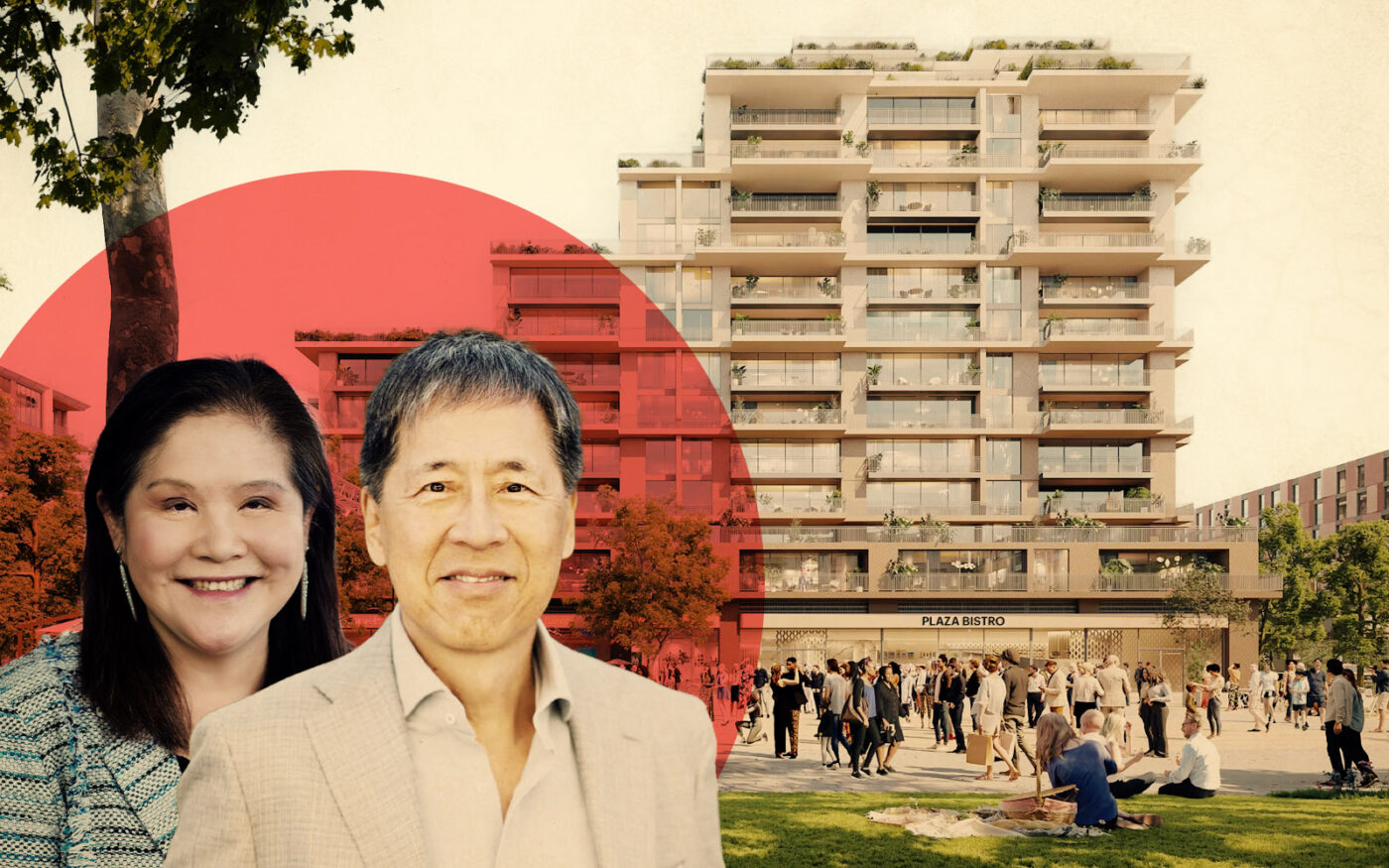The city of Cupertino has moved forward on finalizing a state-mandated plan to build nearly 4,600 homes over the next seven years.
The City Council voted to adopt the city’s housing element, or blueprint to rezone for 4,588 homes by 2031, SiliconValley.com reported. The city Planning Commission will consider the plan next month.
Last month, the state Housing and Community Development Department signed off on the plan — 14 months past the deadline, opening the city up to state penalties including builder’s remedy, which allows developers to bypass local zoning rules if a city is out of compliance with the state’s mandate.
Cupertino has planned to build thousands of homes on 36 sites, mostly along Stevens Creek and De Anza boulevards, as well as single-family neighborhoods in the west side.
More than half of the homes would be built at Sand Hill Property’s The Rise, a 51-acre development approved in February which will replace the former Vallco Mall at 10123 North Wolfe Road. The Palo Alto-based firm’s project will have 2,669 homes, including 890 for low-income households.
Councilwoman Hung Wei, who voted for the plan, said city staff worked hard to create an element that complies with state law and proves that Cupertino is “willing to move forward and willing to open its doors to new residents in a reasonable and rational way.”
The housing element isn’t perfect, but it is better for the city to move forward with the plan than fall out of compliance with state law and face consequences like lawsuits and the builder’s remedy, Wei said.
When Cupertino missed the Jan. 31, 2023 deadline, pro-housing advocates YIMBY Law and the California Housing Defense sued the city for noncompliance.
The legal battle ended in January, after the Santa Clara County Superior Court ruled the city must allow builder’s remedy projects by developers who filed affordable housing projects after the 2023 deadline.
Two months earlier, Menlo Park-based Acclaim used the builder’s remedy to file plans for a five-story, 141-unit apartment complex at 20015 Stevens Creek Boulevard.
The 33-year-old provision in state housing law allows a streamlined approval if a city or county hasn’t certified its required state housing plan. The remedy allows developers that include at least 20 percent affordable housing to build larger projects than allowed by local zoning rules.
“We need to face reality,” Wei said. “There are consequences if we do not have a certified housing element.”
Kitty Moore, the only council member to vote against adoption, was concerned the environmental impact of the city’s housing plan was not sufficiently examined.
“My greatest concern is that this approach would not result in an attainable solution to the housing affordability problem,” Moore said. “I believe we have a council majority and other forces strongly urging us to rubber stamp this housing element.”
— Dana Bartholomew
Read more



